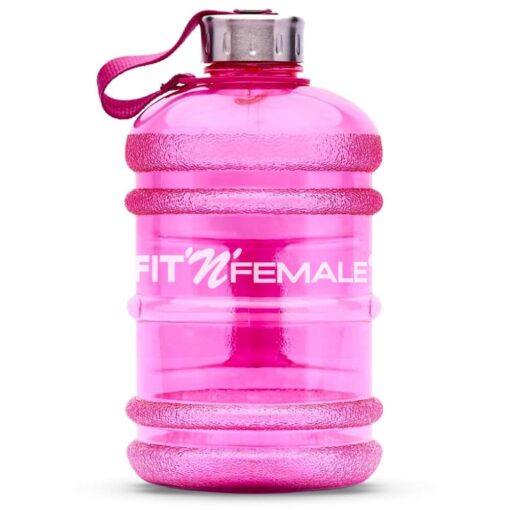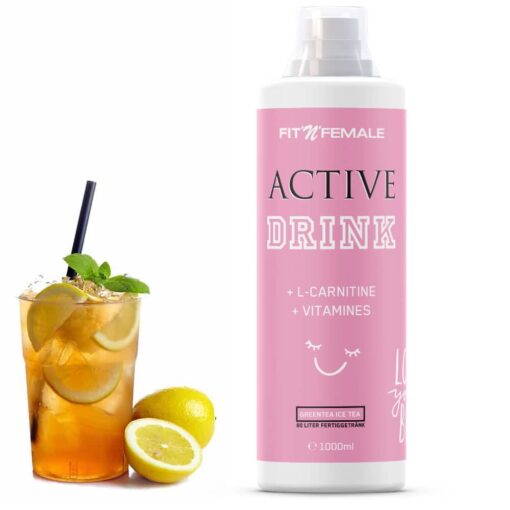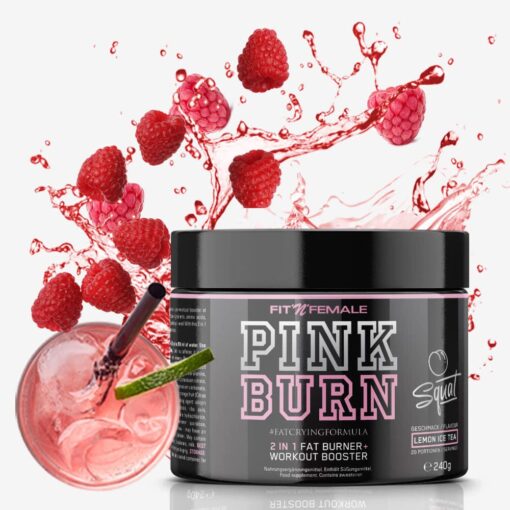The High Intensity Interval Training, short HIIT has gained an excellent reputation in the recent past and is preparing to further undermine the importance of classic cardio training. Not least due to the far-reaching findings of various sports science studies, hardly anyone doubts today that High Intensity Interval Training is clearly superior in terms of fat loss efficiency. However, some equally important questions have so far been left under the table in this context. How much training makes sense at all? How intensive should the individual units really be? And what is the optimal ratio between load and unload? If these questions are also burning under your nails, the following article will provide you with answers.
What is High Intensity Interval Training anyway?
Before we delve deeper into the details, we should first answer the basic question of what HIIT actually is. In principle, High Intensity Interval Training is a special form of cardio training that can be implemented with almost any exercise or training routine. However, the basic requirement should be that as much of the skeletal muscles as possible are involved in the course of such a routine. Provided this condition is met, it is up to you how you design your High Intensity Interval Training. From jumping rope to boxing, swimming and rowing to sprinting units, anything is possible. In the course of implementation, it is a matter of completing short training intervals, which in terms of intensity are clearly above long conventional cardio training units. The big advantage is that in addition to fat loss, the muscles are stimulated to a much greater extent, which is beneficial for muscle growth.
What should the training intervals be?
The key question that arises in the design of any training session is how the individual training intervals should be structured in order to benefit from them to the maximum. Basically, it can be said that the duration of a cardio unit can be significantly reduced through the use of HIIT, while at the same time increasing its effectiveness. A training duration of 15 to 20 minutes is considered optimal, whereby each individual workout should be composed of load intervals that have a duration of 12 to a maximum of 30 seconds. The respective break should not exceed three times the duration of the load interval in order to keep the training intensity as high as possible. It should also be mentioned at this point that these are not breaks in the literal sense, but merely a reduction in the intensity of the load. For example, a 30-second sprint interval would be followed by 60 seconds of light trotting before a new sprint interval begins. Since training intensity has a strong effect on your organism and stresses both your muscles and your central nervous system, you should take it slow at first and increase the workload of High Intensity Interval Training only slowly. Otherwise you run the risk of overtraining. Especially at the beginning, your recovery phases can be a bit longer, but should not exceed the 60-second mark. Since we have already mentioned a duration of 15 to 20 minutes as a guideline for the training duration of a HIIT unit, we should take a closer look at the volume, because the quality of each individual interval plays a greater role than the number of intervals. Consequently, it makes little sense to drastically increase the number of cardio sessions per week. Two to three workouts are already perfectly sufficient for optimal fat burning.
What role does nutrition play in terms of effectiveness?
A recent study by the University of Northumbria found that HIIT training can increase fat burning by up to 20 percent when performed in the morning on an empty stomach. Even though this is the case, it does not mean that such an approach is truly optimal. Keep in mind that a High Intensity Interval Workout can only have its full effect if you can perform it at the highest intensity, which is only possible for very few athletes in a completely empty state, and even then only to a certain extent. It is better if you allow yourself at least a manageable amount of short-chain carbohydrates about an hour before the workout. This can be in the form of a banana, for example. In addition, it is recommended that you replenish your glycogen stores the day before by consuming mainly complex carbohydrates so that your muscles can access these carbohydrates as an energy source during the intense intervals. If you still want to train on an empty stomach, you should at least protect your muscles by taking 30 to 50 grams of BCAAs a good 90 minutes before training.
How can supplements be used sensibly?
Nutritional supplements also play an important role in the field of High Intensity Interval Training when it comes to optimizing performance. Since HIIT mainly involves comparatively short workouts in the anaerobic range, the use of conventional creatine is particularly suitable. Among other things, this substance is involved in the resynthesis of ADP to ATP and helps you to improve your maximum performance. In addition to creatine, beta-alanine, which is used in classic weight training, can also be used beneficially. Studies have shown that this dietary supplement not only has a positive effect on the fatigue resistance of skeletal muscles, but also directly on the performance of your cardiovascular system. The improved protection against the effects of lactate concentration resulting from this effect also allows you to maintain your training performance over a longer period of time. If you want to rely on nutritional supplements for performance optimization, you can't avoid creatine and beta-alanine.










